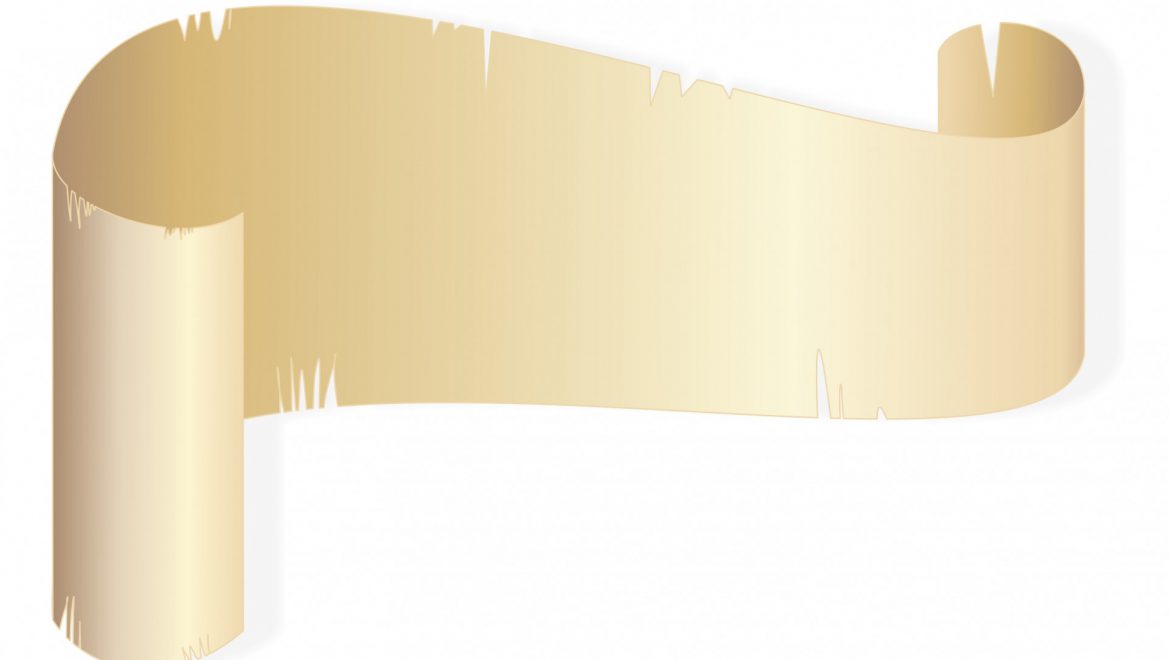
This post presents the Hebrew and English texts of the ritual Declaration of Independence reading suggested by Isaac Gantwerk Mayer, a musician and poet who believes that creative art is one of the most powerful ways to get in touch with the divine. Just as Megilat Esther is read on Purim to commemorate the national miracle experienced by the Jews in Persia, the author suggests that the Megilat Ha’atzmaut (The Declaration of Independence) should be read on Yom Ha’atzmaut to commemorate the national miracle experienced by Jews with the founding of the State of Israel. To read an explanation of this ritual as well as the accompanying cantillation system, see below. This ritual was shared on The Open Siddur Project, which aims to liberate the creative content of Jewish spiritual practice as a commonly held resource for adoption, adaptation, and redistribution.
Reading the Israeli Declaration of Independence on Yom Ha’atzmaut
Yitzchak Harel ben Avraham Meir haKohen v’Yael writes:
Jews have read sacred texts to commemorate miracles of redemption for a long time. Purim has Megilat Esther. Many communities read Megilat Antiochus or Megilat Yehudit for Chanukah. But to many modern Jews, the most miraculous redemption in recent history was the founding of the state of Israel, as we commemorate on Yom haAtzmaut. Like Purim, the story of the founding of Israel was entirely secular on a surface level, with no big showy miracles like a sea splitting or a mountain aflame. Like Chanukah, a Jewish state in the Land of Israel won its independence against mighty forces allied in opposition. But we don’t have a megillah to read for Yom haAtzmaut.
Or do we? Just as Megillat Esther is said to be a letter written by Mordekhai to raise awareness of the events of Shushan, so too does the Israeli Scroll of Independence, Megilat haAtzmaut, raise awareness of the events of the founding of the State of Israel. In this vein, I decided to create a cantillation system for Megilat haAtzmaut. Ta’amei miqra were chosen attempting to follow Masoretic grammatical rules – since modern Hebrew has a different grammatical structure, the form is somewhat loose. Because of the thematic similarities to Purim, I chose Esther cantillation for the majority of the text. Just as some tragic lines in Esther are read in Eikhah cantillation, some lines regarding the Shoah or bearing grim portents for the wars to follow are to be sung in Eikhah cantillation. And the final phrases of chapters II and III are to be sung in the melody for the end of a book of the Chumash, or the Song of the Sea melody. They can be done in a call-and-response form, with the community reading and the reader repeating.
“סדר לקריאת מגילת העצמאות | Reading of the Israeli Declaration of Independence for Yom Ha’atsma’ut” is shared by Isaac Gantwerk Mayer with a Creative Commons Public Domain Dedication 1.0 Universal license.

